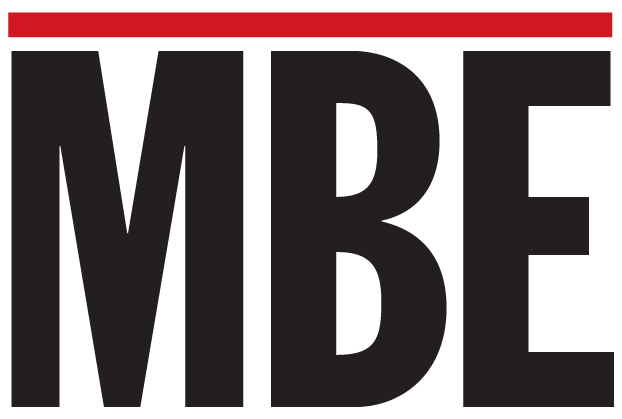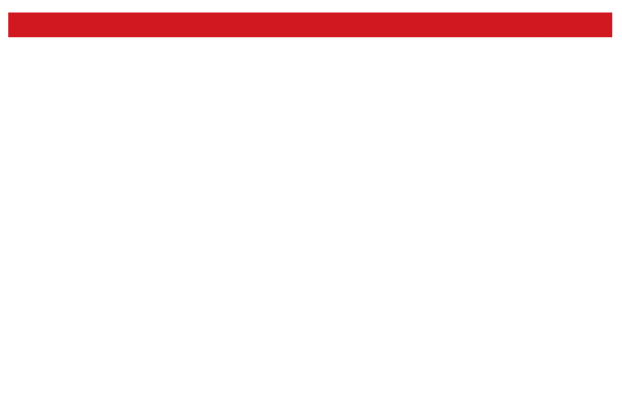
Practical strategies to ensure your business thrives through smart financial planning and resilience.
Did you know that 82 percent of small businesses fail due to cash flow problems? For diverse entrepreneurs, managing cash flow can be even more challenging. Limited access to funding, systemic barriers, and navigating tight margins can make financial stability seem out of reach. However, understanding and managing your cash flow effectively can transform your business, enabling it to thrive even in challenging circumstances.
This guide is designed to give diverse entrepreneurs practical strategies to improve cash flow, build financial resilience, and create a sustainable foundation for growth. Let’s dive into actionable steps that will help you take control of your finances today.
What is Cash Flow and Why Does It Matter?
Before you can manage your cash flow effectively, you need to understand what it is and why it’s critical for your business. Think of cash flow as the oxygen that keeps your business alive. Without it, even profitable companies can quickly find themselves in trouble.
Cash flow refers to the movement of money in and out of your business. It’s divided into three categories:
- Operating Cash Flow – Income and expenses related to day-to-day business activities.
- Investing Cash Flow – Money spent on or earned from investments like equipment or property.
- Financing Cash Flow – Cash generated from loans, investors, or paying down debt.
Healthy cash flow ensures your business can pay its bills, invest in growth opportunities, and weather economic downturns. Without it, even profitable businesses can run into trouble.
If you have $50,000 in monthly revenue but $48,000 in expenses. While profitable on paper, a single late invoice or unexpected expense could disrupt operations. Managing cash flow helps prevent these crises.
Common Cash Flow Challenges for Diverse Entrepreneurs
As a diverse entrepreneur, you may face hurdles that others don’t. These challenges can make cash flow management feel like an uphill battle. Let’s explore some common obstacles and how they affect your bottom line.
Diverse entrepreneurs often encounter:
- Limited Access to Traditional Funding: Minority-owned businesses often face higher rejection rates for loans and lower approval amounts.
- Over-Reliance on Personal Credit: Many entrepreneurs use personal savings or credit cards to keep their businesses afloat, which can lead to high-interest debt.
- Lack of Grant Opportunities: Many grants are highly competitive or difficult to access for small businesses.
Despite these challenges, there are ways to navigate these barriers.
Seek out community resources like minority-focused business organizations or local chambers of commerce. These groups often provide access to grants, mentorship, and low-interest loan programs designed specifically for diverse entrepreneurs.
How to Create a Cash Flow Forecast
A cash flow forecast is your financial crystal ball—it helps you predict your future income and expenses, so you’re never caught off guard. This proactive approach is essential for staying ahead of financial challenges.
Here’s how to create one:
Step 1: List Your Income Sources
Start by identifying all predictable revenue streams, such as product sales, services, or grants. Break these down into monthly projections so you can see when money will arrive.
Step 2: Identify Fixed and Variable Expenses
Next, outline all your expenses. Fixed costs include rent, salaries, and utilities. Variable costs, like inventory or shipping, fluctuate with business activity. Understanding these categories ensures you have a clear picture of your obligations.
Step 3: Calculate Net Cash Flow
Subtract expenses from income to determine your cash position for the month. If you’re consistently seeing a negative number, it’s time to revisit your strategy.
For example, a freelance graphic designer might forecast $10,000 in monthly income, with $6,000 in fixed costs and $2,000 in variable expenses. Knowing there’s $2,000 left over allows them to allocate funds toward savings or marketing.
Strategies to Boost Cash Inflows
Generating consistent revenue is the key to maintaining positive cash flow. But how can you increase your inflows without overextending yourself? Here are proven strategies that work for businesses of all sizes.
1. Diversify Revenue Streams
Relying on a single income source is risky. By offering complementary products or services, you can attract new customers and increase sales. For instance, a hair salon could sell hair care products alongside styling services.
2. Incentivize Early Payments
Encourage clients to pay invoices ahead of schedule by offering small discounts. This not only improves cash flow but also reduces the risk of late payments.
3. Explore Subscription Models
Recurring revenue creates financial predictability. For example, a fitness trainer could offer monthly memberships for virtual classes.
How to Control and Reduce Cash Outflows
Cutting costs doesn’t have to mean cutting corners. Managing your outflows wisely ensures you’re keeping more of what you earn while maintaining quality and efficiency.
1. Audit Your Expenses Regularly
Go through your monthly expenses with a fine-tooth comb. Cancel subscriptions you’re no longer using and look for ways to consolidate services.
2. Negotiate Payment Terms
Suppliers and vendors may be more flexible than you think. Ask for extended payment terms or bulk discounts. For example, a retailer could negotiate 60-day payment terms to align with their sales cycle.
3. Outsource Strategically
Instead of hiring full-time staff for every task, outsource non-core activities like bookkeeping or social media management to freelancers or agencies.
Implement inventory management software to avoid overstocking or understocking, both of which can hurt your bottom line.
Tools and Resources for Cash Flow Management
The right tools can take your cash flow management from chaotic to seamless. Here are some affordable and effective options to get started:
- Accounting Software: QuickBooks, Wave, or FreshBooks for tracking income and expenses.
- Invoicing Apps: Tools like Square or PayPal to automate invoice reminders.
- Analytics Platforms: Use Google Sheets or Airtable for customizable cash flow tracking.
How to Build an Emergency Cash Reserve
An emergency cash reserve is your financial safety net. It ensures that unexpected expenses or revenue shortfalls don’t derail your business. Here’s how to build one:
- Set Savings Goals: Aim to save 3–6 months of operating expenses. Start small by setting aside 5 percent of monthly revenue.
- Use High-Yield Savings Accounts: Keep your reserve in an account that earns interest but remains accessible.
- Automate Transfers: Set up automatic monthly transfers to your savings account to stay consistent.
Measuring Success and Staying Flexible
Cash flow management isn’t a one-time task—it’s an ongoing process. Regularly monitoring your finances ensures you stay on track and can adapt to changes.
Key Metrics to Monitor:
- Days Sales Outstanding (DSO): Measures how quickly you collect payments.
- Operating Cash Flow Ratio: Evaluates whether operating income covers expenses.
Regular Reviews: Conduct weekly or monthly cash flow reviews to spot trends and adjust forecasts.
Building a Resilient Financial Future
Cash flow management is more than just numbers; it’s about securing the future of your business. By understanding your finances, creating a plan, and using the right tools, you can navigate challenges and achieve sustainable growth.
Ready to Take Control? Download our free Cash Flow Forecast Template and start building your financial roadmap today. Share this guide with your network to empower other diverse entrepreneurs!
DOWNLOAD THE TEMPLATE NOW. Click “File > Make a Copy” to edit your own version.













